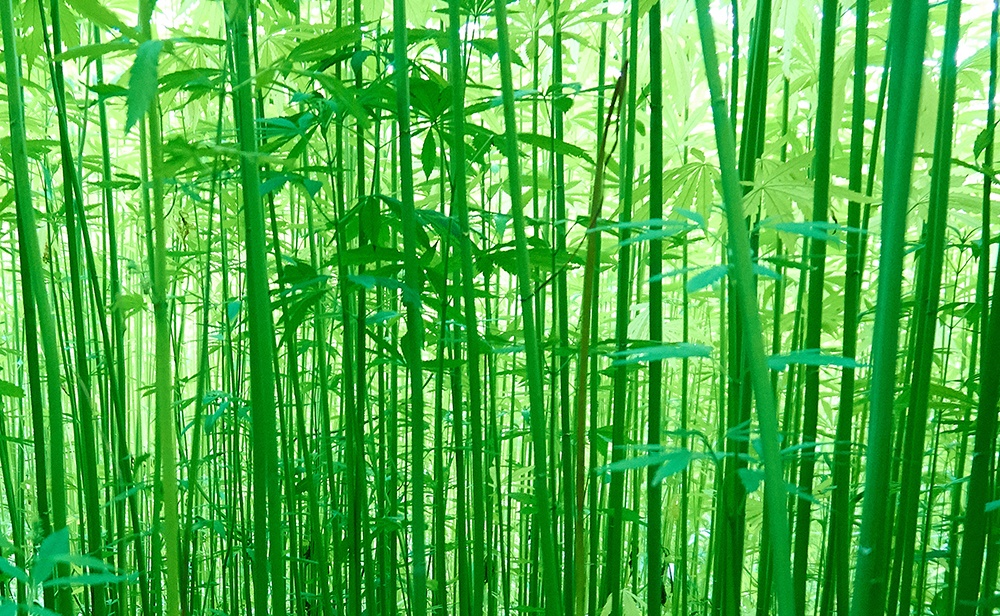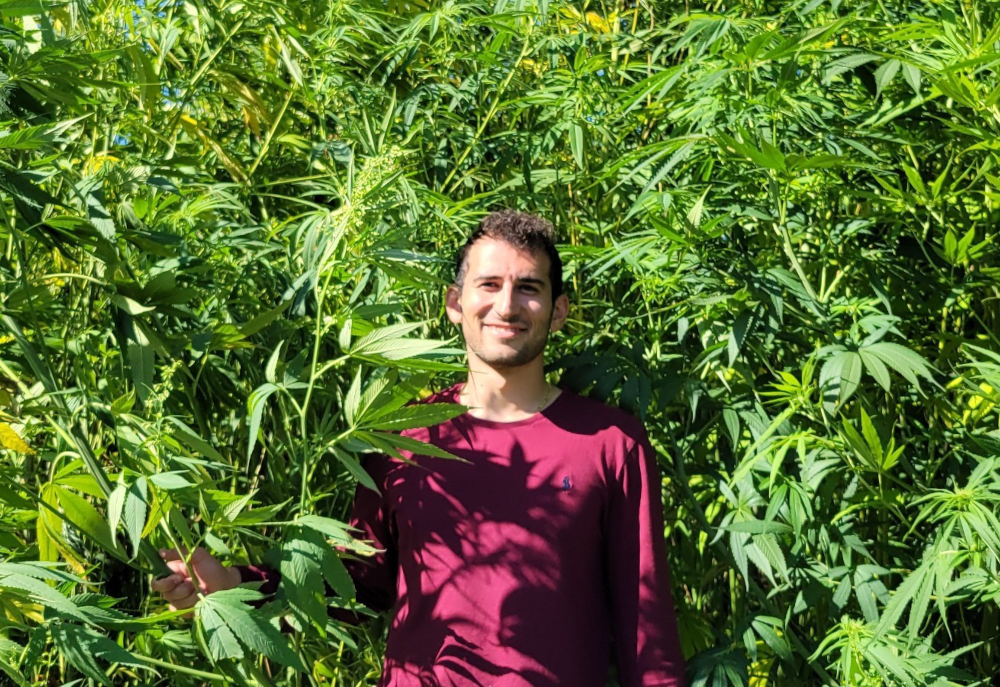INTERVIEW: Anthony Barraco is a research technician with the U.S. Department of Agriculture’s Agricultural Research Service (USDA-ARS) who conducts studies aimed at conserving the genetic diversity of industrial hemp. He also serves as a licensed hemp compliance sampling agent for New York State Agriculture and Markets since 2022. Barraco holds an MPS in Agriculture Science from Cornell University.
HT: Hemp stakeholders would like to see the THC limit for hemp be raised. What possibilities would be opened up in research if the limit is raised from 0.3% to 1.0%?
Anthony Barraco: There are many institutions in the country that have hemp research licenses which allow them to work on hemp so long as it is below 0.3% THC. If the THC limit for hemp was raised to 1.0%, these institutions would be able to work on more varieties of hemp. We have seen many hemp varieties that fall between this 0.3%-1.0% range. These varieties would be able to be included in more field trials and studies, which are happening across the country.
HT: What kind of research is being done with feral hemp genetics that linger in some states from last century? Talk about any potential value in those strains.
AB: There is currently a large national effort being led by scientists at the University of Wisconsin-Madison to collect feral hemp germplasm around the Midwest to help rebuild the United States hemp seed bank, where I work. Over the past couple of years, my lab group and our collaborators have been working to help evaluate some of these feral hemp genetics that have been found across the Midwest. These genetics are currently being evaluated in six different states throughout the U.S for various agronomic qualities.

Meet Anthony Barraco at “Industrial Hemp Product Development in a Fractured Domestic Supply Chain,” a webinar to be hosted by Syracuse University, Wednesday, May 22, 2024
HT: What’s the most exciting thing you’ve seen in hemp research since you began looking at the discipline?
AB: The sheer amount of diversity within this crop species has been astonishing. Over the past two years, I have had the privilege and opportunity to help characterize hundreds of hemp varieties in our field trial evaluations. I have seen first-hand how much variation there can be within a population and among populations.
HT: Where are the research gaps in hemp agriculture? What’s happening regarding research into fiber hemp and hempseed as food?
AB: One of the largest gaps right now is the assessment of hemp fiber quality. We collaborate with the USDA-ARS Southern Regional Research Center to evaluate various fiber quality metrics in our germplasm. We also collaborate with researchers to evaluate the protein and fatty acid concentrations in our germplasm.
HT: What does your work as a licensed hemp compliance sampling agent involve? Please give a short overview of the state compliance program.
AB: As a licensed compliance sampling agent for NY State Agriculture and Markets, my role is to act as an unbiased, third party. When it’s time for hemp growers to harvest their crop, they fill out a pre-harvest report beforehand in which they select when they want to harvest their crop, who their compliance sampler will be, and what USDA-certified lab to have their floral sample sent to. If chosen by the grower, I will get in contact with them with a date to travel to their hemp farm and physically take floral samples according to NYS Agriculture & Markets protocol and ship them to the laboratory. I then fill out the necessary paperwork for NYS Agriculture & Markets and retain that paperwork for three years.

